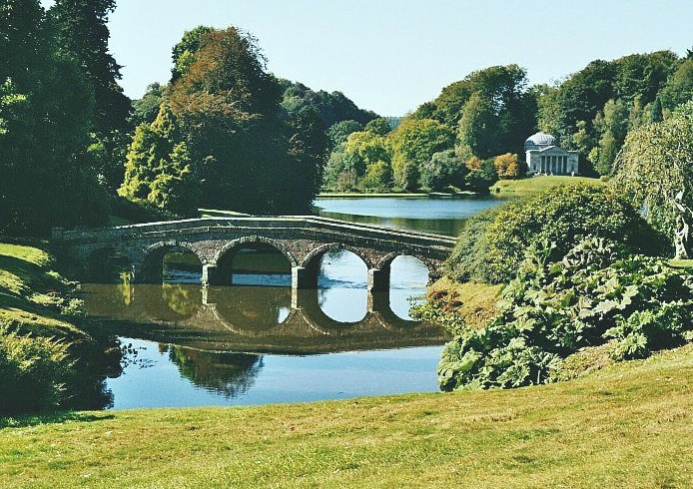Exploring the World of English Landscape Architects
When we think of landscape architecture, we often envision beautiful gardens and parks that enhance our surroundings. English landscape architects have played a significant role in shaping these spaces, blending artistry with nature. This article delves into the contributions of notable English landscape architects and how their work continues to influence our environment today.
The Pioneers of Landscape Architecture
One cannot discuss English landscape architecture without mentioning iconic figures such as Capability Brown and Humphry Repton. Lancelot “Capability” Brown, nicknamed for his ability to envision the potential of a landscape, transformed the English countryside in the 18th century. He famously designed over 170 parks, focusing on natural beauty and seamlessly integrating gardens with the landscape. Humphry Repton followed in his footsteps, introducing the concept of “Red Books,” which illustrated proposed designs to clients. These pioneers not only shaped gardens but also set the foundation for modern landscape architecture.
Modern Innovations in Landscape Design
Today, landscape architects in England are pushing the boundaries of design and sustainability. Many are embracing eco-friendly principles, creating green spaces that support biodiversity and combat climate change. For instance, the incorporation of native plant species not only enhances the visual appeal of a space but also provides habitats for local wildlife. Innovative projects like the High Line in London demonstrate how repurposing urban spaces can turn neglected areas into vibrant public parks. This shift towards sustainable design reflects a growing awareness of the importance of our natural surroundings.
The Importance of Community Engagement
Engaging communities in landscape design is crucial for creating spaces that truly reflect their needs and desires. English landscape architects are increasingly prioritizing public participation in their projects. This collaborative approach helps ensure that green spaces are accessible and beneficial for everyone. By hosting workshops and soliciting feedback, architects create designs that resonate with the community, fostering a sense of ownership and pride. As a result, these spaces become more than just aesthetic enhancements; they evolve into crucial parts of the community’s identity.
Conclusion
The legacy of English landscape architects continues to thrive as they innovate and adapt to modern challenges. Whether through the timeless elegance of historic gardens or the dynamic designs of contemporary parks, their work enriches our lives and environments. If you’re intrigued by the world of landscape architecture, consider exploring local parks, following current projects, or even connecting with local architects to learn more about this fascinating field. The beauty of our surroundings is always worth appreciating!

